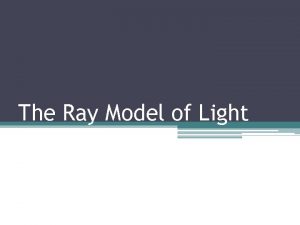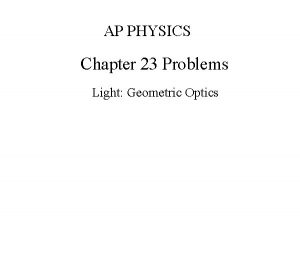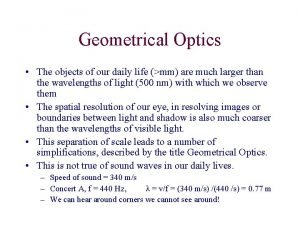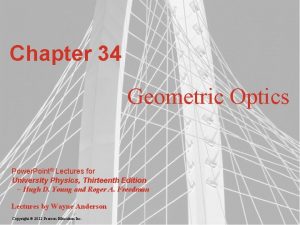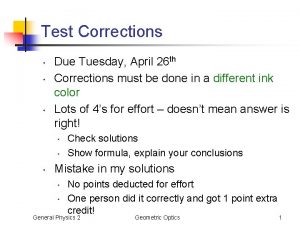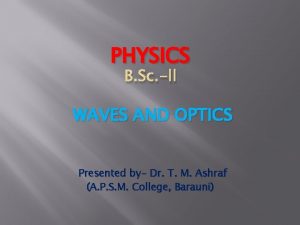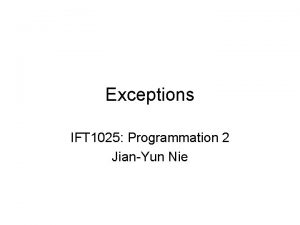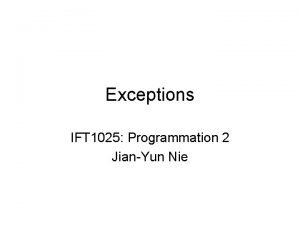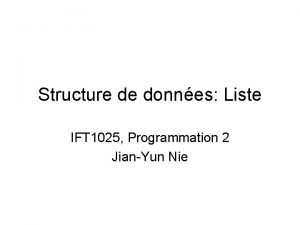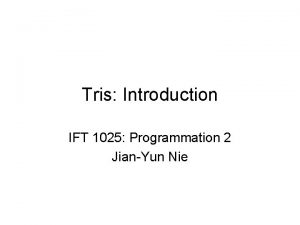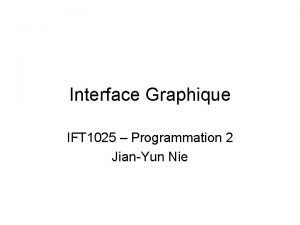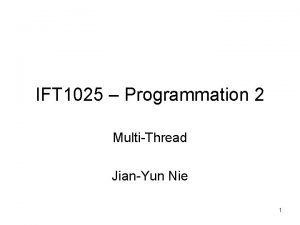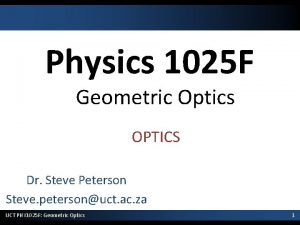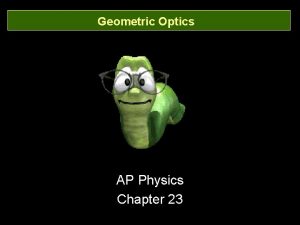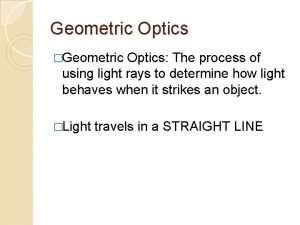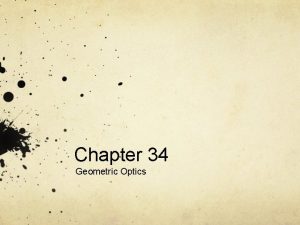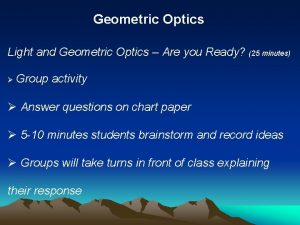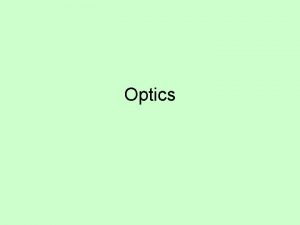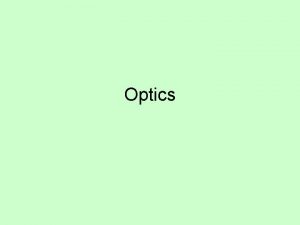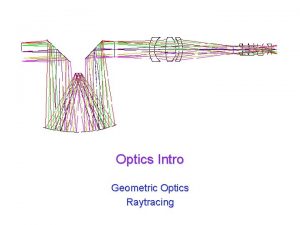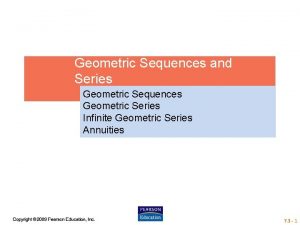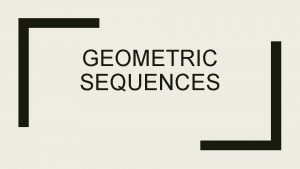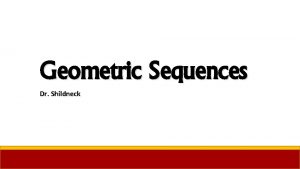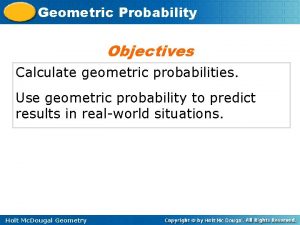Physics 1025 F Geometric Optics THE EYE Dr















- Slides: 15

Physics 1025 F Geometric Optics THE EYE Dr. Steve Peterson Steve. peterson@uct. ac. za UCT PHY 1025 F: Geometric Optics 1

Chapter 25: Optical Instruments Like a camera, the human eye can focus light and produce sharp images. We will investigate the imaging (lens) function of the eye and some of the eye’s common defects. UCT PHY 1025 F: Geometric Optics 2

The Human Eye The human eye resembles a camera in its basic functioning, with an adjustable lens, the iris, and the retina. The lens adjusts its focal length to capture images at different distances. The iris automatically controls the light entering the eye. The retina captures the light entering the eye and is where the lens focuses the image. UCT PHY 1025 F: Geometric Optics 3

The Human Eye The human eye resembles a camera in its basic functioning, with an adjustable lens, the iris, and the retina. Most of the refraction occurs as the light crosses the cornea. The aqueous humor (n = 1. 336) is a watery fluid that bends the light towards a focal point (determined by the shape of the cornea). UCT PHY 1025 F: Geometric Optics 4

The Human Eye Most of the refraction is done at the surface of the cornea. The role of the lens (n = 1. 386 to 1. 406) is to acts as a fine adjustment to enable the eye to view objects at different distances (achieved by the lens having the ability to change the curvature of its surfaces). UCT PHY 1025 F: Geometric Optics 5

Refraction from Spherical Surface When light hits a converging spherical surface, it bends toward the radius of curvature, which doubles as the focal point. UCT PHY 1025 F: Geometric Optics 6

Seeing Underwater Vision is blurry underwater because light rays are bent much less than they would be if entering the eye from air. This can be avoided by wearing goggles. UCT PHY 1025 F: Geometric Optics 7

The Human Eye For convenience we treat the "double" refraction at the cornea and the lens as a single refraction. UCT PHY 1025 F: Geometric Optics 8

The Human Eye: Defects Near point: closest distance at which eye can focus clearly. Normal is about 25 cm. Far point: farthest distance at which object can be seen clearly. Normal is at infinity. Nearsightedness: far point is too close. Farsightedness: near point is too far away. UCT PHY 1025 F: Geometric Optics 9

Defects of the Eye: Myopia (a) Myopia (nearsightedness) - can focus on nearby objects, but can't see distant objects. (i) unaided eye UCT PHY 1025 F: Geometric Optics 10

Defects of the Eye: Myopia We therefore need spectacle lenses that make distant objects appear to be nearby. (ii) aided eye UCT PHY 1025 F: Geometric Optics 11

Defects of the Eye: Myopia Nearsightedness can be corrected with a diverging lens. The diverging lens takes an object at infinity and creates a virtual image at the person’s far point. UCT PHY 1025 F: Geometric Optics 12

Defects of the Eye: Hyperopia (b) Hyperopia (farsightedness) - can focus on distant objects, but can't see nearby objects. (i) unaided eye UCT PHY 1025 F: Geometric Optics 13

Defects of the Eye: Hyperopia We therefore need spectacle lenses that make nearby objects appear to be distant. (ii) aided eye UCT PHY 1025 F: Geometric Optics 14

Defects of the Eye: Hyperopia Farsightedness can be corrected with a converging lens. The converging lens takes an object at a normal near point of 25 cm and creates a virtual image at the person’s near point. UCT PHY 1025 F: Geometric Optics 15
 Reflection and refraction venn diagram
Reflection and refraction venn diagram Difference between ray optics and wave optics
Difference between ray optics and wave optics Clearly explain what is meant by the term geometric optics.
Clearly explain what is meant by the term geometric optics. Optics
Optics Total internal reflection in daily life
Total internal reflection in daily life Geometrical optics ppt
Geometrical optics ppt Physics 2
Physics 2 Wave optics b.sc physics
Wave optics b.sc physics Mit 515
Mit 515 Ift1025
Ift1025 Ift 1025
Ift 1025 Ift 1025
Ift 1025 Chemsheets as 1017 answers
Chemsheets as 1017 answers Ift 1025
Ift 1025 Java interface graphique
Java interface graphique Ift 1025
Ift 1025


